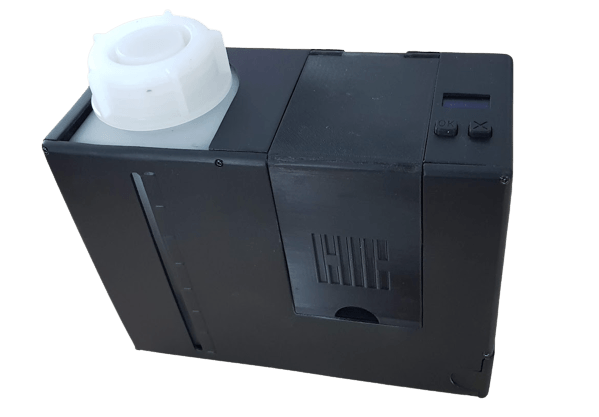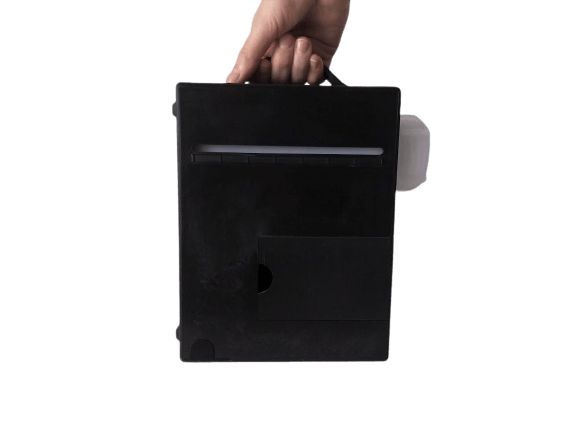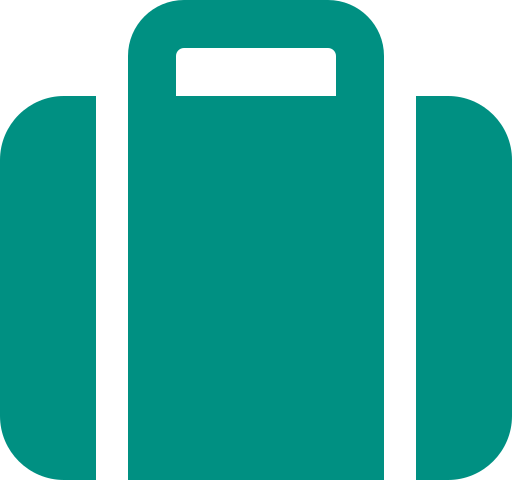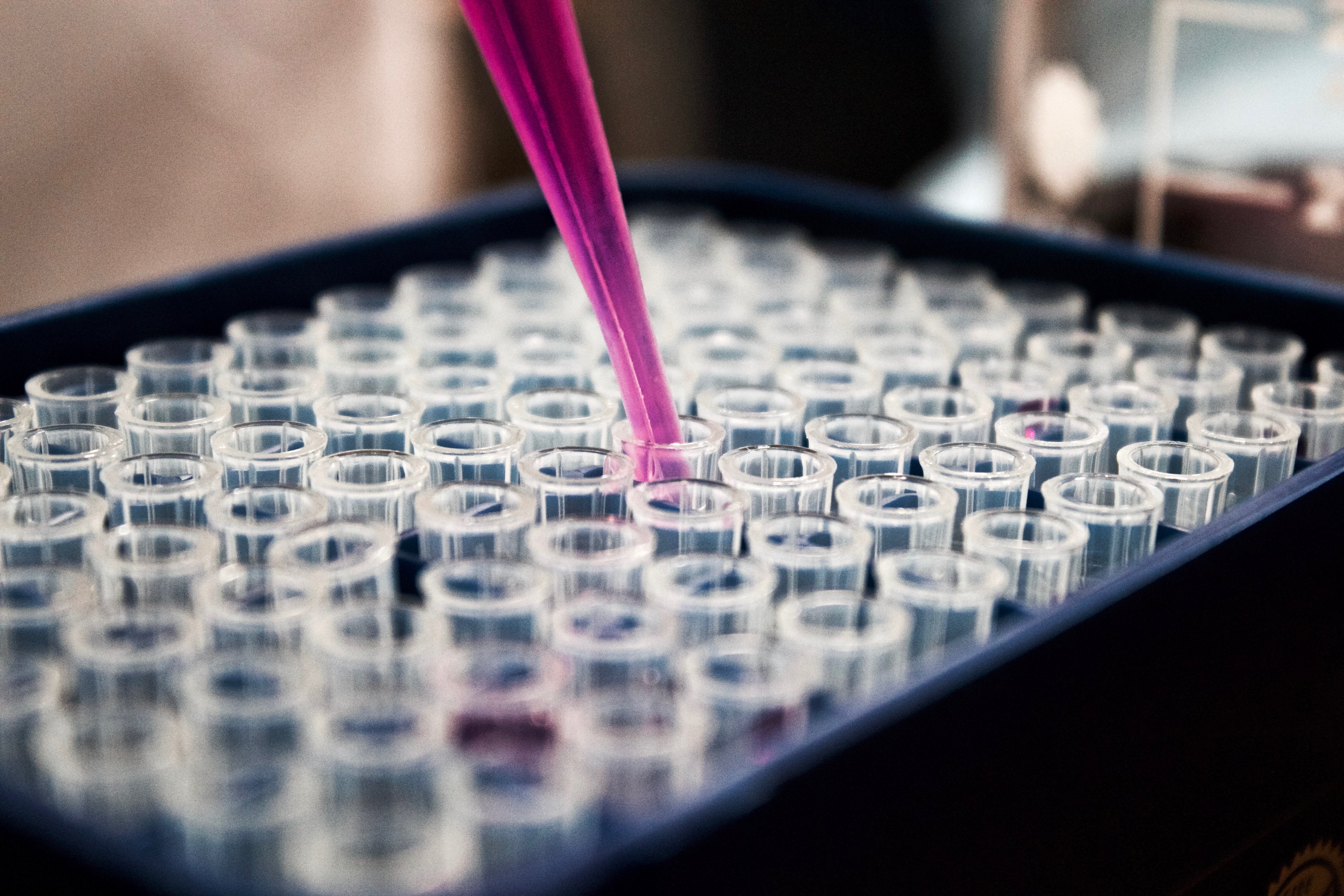

Healthy soil is the foundation of a well-functioning landscape, and organic matter is a key indicator of healthy soil. PACK is a highly-engineered, low-cost, portable device used to measure soil carbon with laboratory grade precision.
The need for information
Why PACK
PACK was created to measure soil organic carbon in an affordable and portable way.
The pain points we address are:
- the logistical costs of ferrying samples from field to lab, and
- the inability of flash combustion methods to measure soil carbon content at scale.
See PACK in action

Many carbon sequestration policies and carbon credit schemes have been proposed to combat climate change. However, monitoring and evaluation is almost non-existent, in part because combustion analyzers and gas chromatographers are both expensive and immobile. PACK is a practical and scalable approach to measuring soil carbon, using a rugged portable device no larger than a lunch box.
How we do it
Our Approach
PACK is the result of several years of mechatronic design and research, working together with international soil laboratories and our partners in Sub-Saharan Africa. The device, which easily fits in a backpack, requires only distilled water, which can be found at a gas station, and low-cost pills that are also manufactured and supplied by QED. The device fully automates a traditional colorimetric algorithm known to all soil scientists for measuring the fraction of permanganate-oxidizable carbon in the soil. This fraction is then used to well-approximate total soil organic carbon, using our calibrations against the world's largest soil databases. No toxic chemicals, flash combustion, or michelson interferometers are required. PACK thus provides a pragmatic method of measuring soil carbon at scale.

The device for all environments
Portable and Accessible
Our current PACK is shaped like a lunch box with a handle. Just fill with water, add soil, drop in a pill, and press the button. PACK does all the lab work for you, and reports the result on an LCD screen. It also has a self-cleaning routine, after which you can dump the non-toxic wastewater.


We are interested in partnering with organizations aiming to solve specific use cases for soil carbon measurement, and manufacturing partners or philanthropists to scale up production.

Features

Trusted and automatic
PACK uses wet chemistry methods that are broadly used in professional labs. Full automation eliminates human errors, including self-calibrated measurement and self-cleaning after use.

Portable
Total weight is 2.6 kg. Handles multiple samples prior to refill. Usable in the field, without bringing samples to the lab. Compatible with power banks used for recharging mobile phones.

Ease of use
Calibrated with pre-measured reagent ‘pills’ for reliable reproducibility.

Rapid
PACK’s LCD screen reports results within minutes, on the spot.

High precision
Measurement range of 0-1260 mg/kg of Active Carbon, with error bounds within 30 mg/kg.

Affordable
PACK is built for the field. It has been developed and tested with partners in rural areas of Sub-Saharan Africa.
Use Cases
Carbon sequestration assessment
Portable and affordable carbon sensors are crucial to accurately measure the amount of carbon in the ground. PACK enables effective monitoring of carbon sequestration projects, identifying areas needing improvement, and thereby helping achieve global goals of reducing emissions and mitigating the impacts of climate change.

Soil health assessment
'Active Carbon' is one of the most important indicators of biological soil health, but can easily and rapidly degrade under adverse management conditions. PACK enables rapid and affordable measurement of active carbon, allowing land managers to quickly respond to the changing needs of their soil.

Research
Researchers around the world are investigating the dynamics of soil. Applications include biodiversity, mitigation and adaptation strategies to address climate change, biogeochemistry, and agriculture. PACK was designed by scientists working in difficult terrain. Researchers can take PACK with them directly to remote sampling sites.

Specifications
| Characteristics | Analyzer of active carbon in soil |
|---|---|
| Measuring principle | Colorimetric |
| Size | 250 x 225 x 110 mm |
| Weight | 1.1 kg (empty), 2.6kg (full water container) |
| Measurement time | 25 minutes |
| Max sample weight | 6 g |
| Recommended sample weight | 4-6 g |
| Average power consumption | 200 mA |
| Powering | 5V DC, 2A source. micro USB input (works with power bank) |
| Interface | OLED screen, buttons |
| Measurement range | 0-1260 mg/kg AC |
| Standard error | 30 mg/kg AC |
| Water container capacity | 1500 ml |
| Water used per measurement | 250 ml |
| Chemicals used per measurement | 2 pills with reagents from QED |


Become our partner
To begin discussing opportunities for partnership, click the button below!